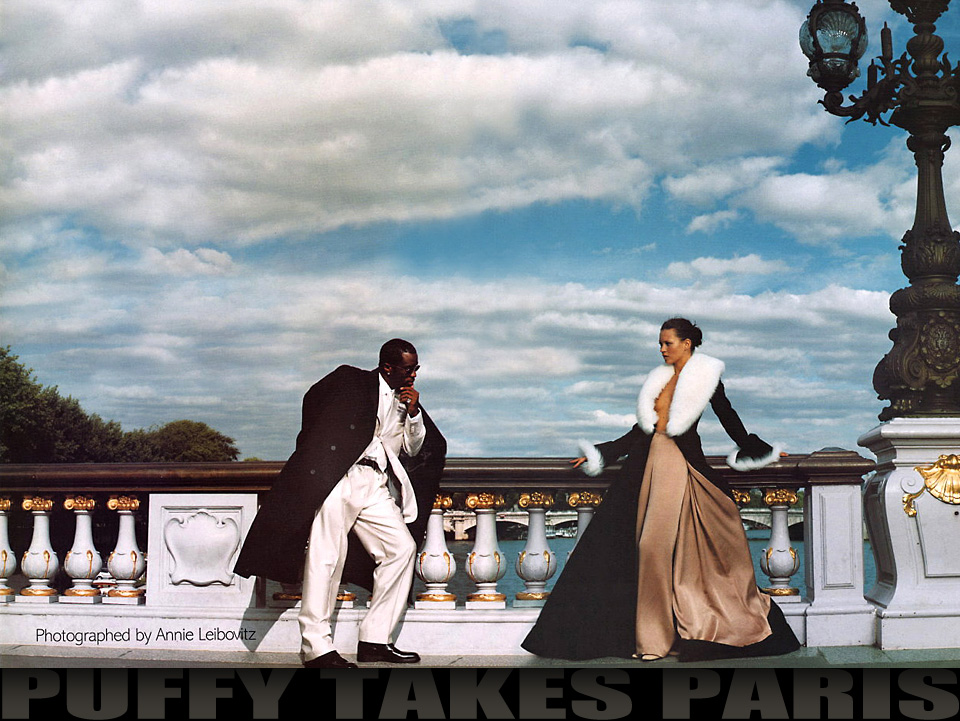Hip Hop's Fashion Conquest
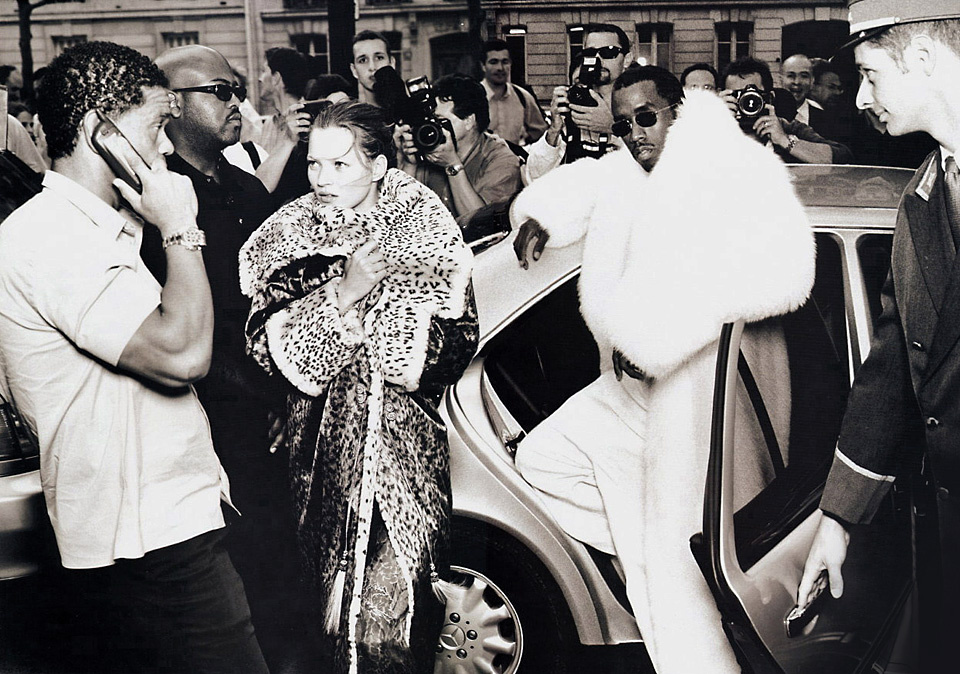
Music and fashion have always gone hand in hand with one another. Both arts draw upon each other for inspiration, separately reflecting messages and culture often born from the same inspiration. Live music can become truly iconic through fashion, adding visual significance to a performance: [insert Elton John, Jimi Hendrix, the Rolling Stones, KISS, the Sex Pistols , Madonna in her Gaultier Cone bra]. Same goes for fashion. Runway shows today blast music (often remixed by industry veterans such as Michel Gaubert) turning this season’s collections into theatrical spectacles. I’ll even go out on a limb here and say one can’t survive without the other (?)
Recently, there has been no music genre with more impact on fashion than hip-hop. Flick through any Vogue magazine and you see today’s biggest rap stars posing in advertisements for the most affluent brands: A$AP Rocky for Dior Hommes (LOEWE, Calvin Klein, Alexander Wang), Pharell Williams for Chanel, Kanye West for Balmain, Travis Scott for Saint Laurent, Anderson Paak for Fendi.

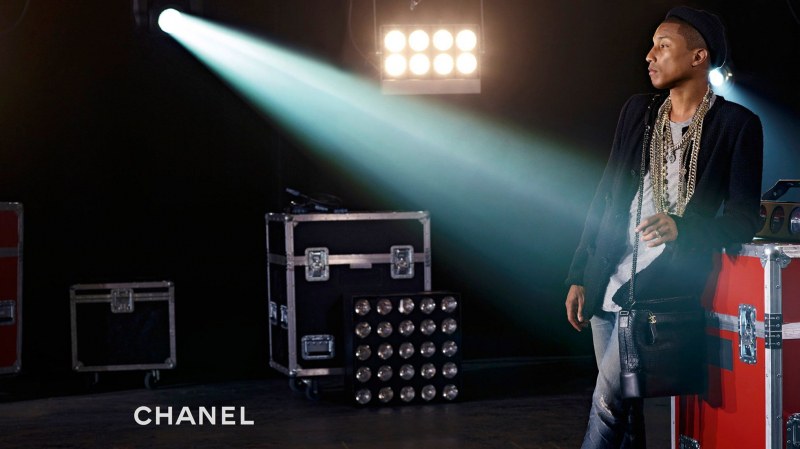
Hip- hop has conquered the ivory tower of luxury fashion.
While today hip hop lends youthful artistry to leading fashion brands, the urban music scene was once at the receiving end of turned up noses and quiet rejection. For example, Burberry was described as “unhappy” with being featured in the 2001 “Always on Time” video by Ja Rule. The brand was in the midst of an identity crisis being associated with British “Chavs” and probably did not want to reinforce an image of being worn on the street or in “the hood”.
So how did Hip- Hop rise to the top of the fashion ladder? As by no means an expert on hip hop, I would say it is down to three key factors: shifting perceptions and influence of hip hop, vast audience potential, and key innovators.
[embed]https://www.youtube.com/watch?v=LsA84bXrBZw[/embed]
Hip- Hop began in the 1970’s as an underground urban movement from the South Bronx in New York city. It revolved around the effect of legal institutions on minorities such as actions take by police. Poem-like lyrics and bumpin’ beats became a medium for expression, representing African American youth by African American youth. The music was emotionally powerful and over the years shifted from a local context to the suburbs and afterwards grew into a mainstream genre with incredible influence on all races, ages, and genders.
Within many of hip-hop’s songs, the crux revolves around - as Jay Z writes - “Came from the bottom the bottom, to the “Top of the Pops”. Hip hop reflects the achieved or desired excess capitalism offers - no other music genre is as supportive of material goods, whether that be rapping about luxury cars, popping bottles of champagne, or dripping ice (referring to diamonds). This repetitive narrative of the super rich is for most not relatable, however it serves as inspiration for many envisioning a better future, offering hope. Moreover, this source of aspiration provides a sense of escapism. Both rap and fashion offer an escape from the complex reality of life. Maybe you can’t afford taking a cruise in a Bugatti, but you can be part of that world - just press play and put on some swanky jeans.
[embed]https://www.youtube.com/watch?v=IyWmSnuS850[/embed]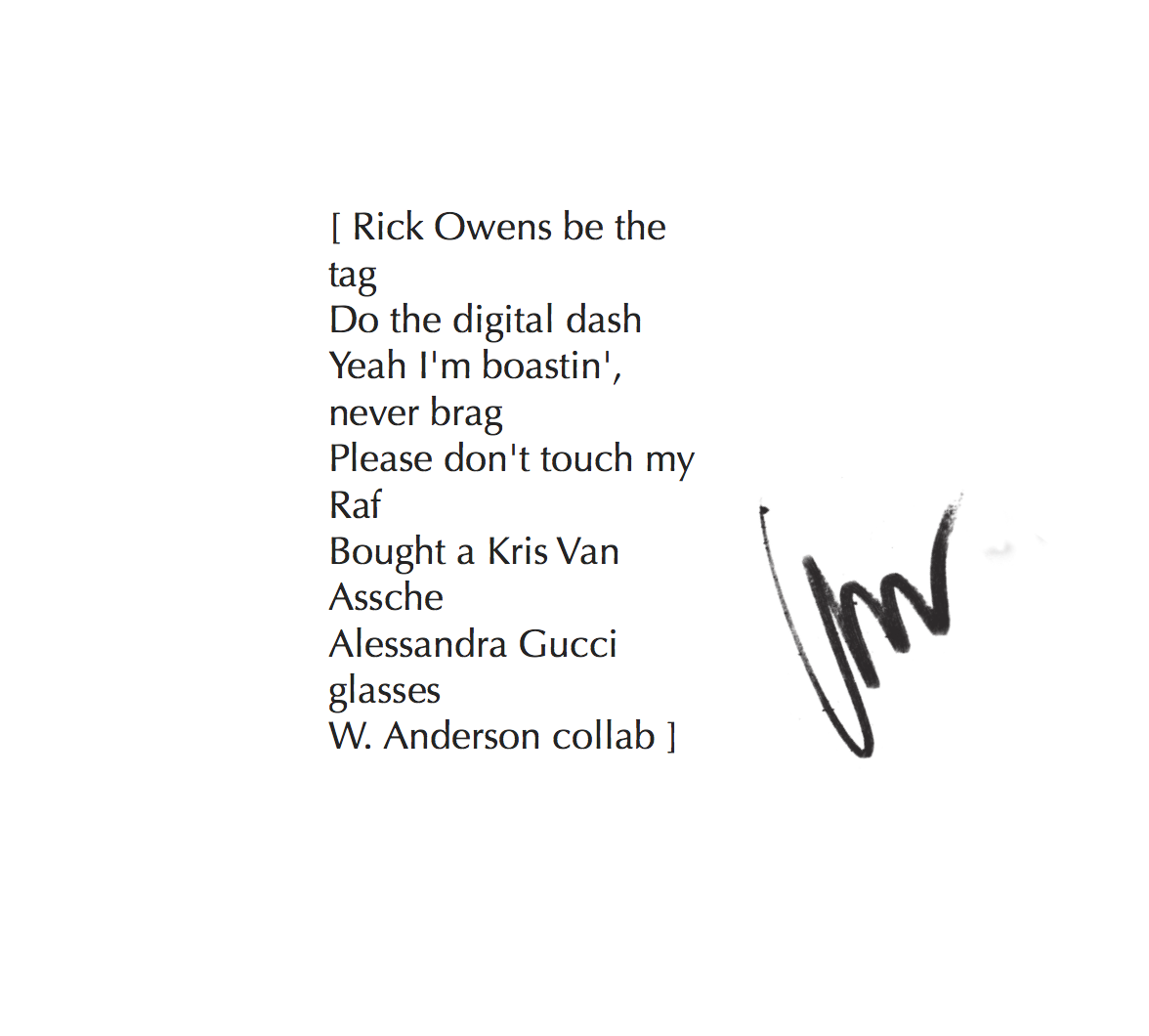
So rap appeals to both ends of the audience: those who look up and aspire a luxurious lifestyle as well as the few living that lifestyle and are inspired to copy. A music genre that appeals to an audience from all walks of life. Makes a pretty convincing marketing strategy no?
While hip-hop is arguably seeing the most innovation with sound in recent times, its success within fashion is also thanks to some key innovators.
First and foremost, there is Daniel “Dapper Dan” who in 1982 opened his infamous boutique on 125th Street in New York’s Harlem. The boutique offered outrageous pieces often plastered with fake monogram logos from luxury brands including Louis Vuitton, Gucci and Versace. To little surprise, the brands were less than satisfied and ended up suing the store. While Dapper Dan was ultimately raided and shut down, it directly linked the escapism of fashion with hip-hop and opened the doors for big brands to make most of this opportunity.
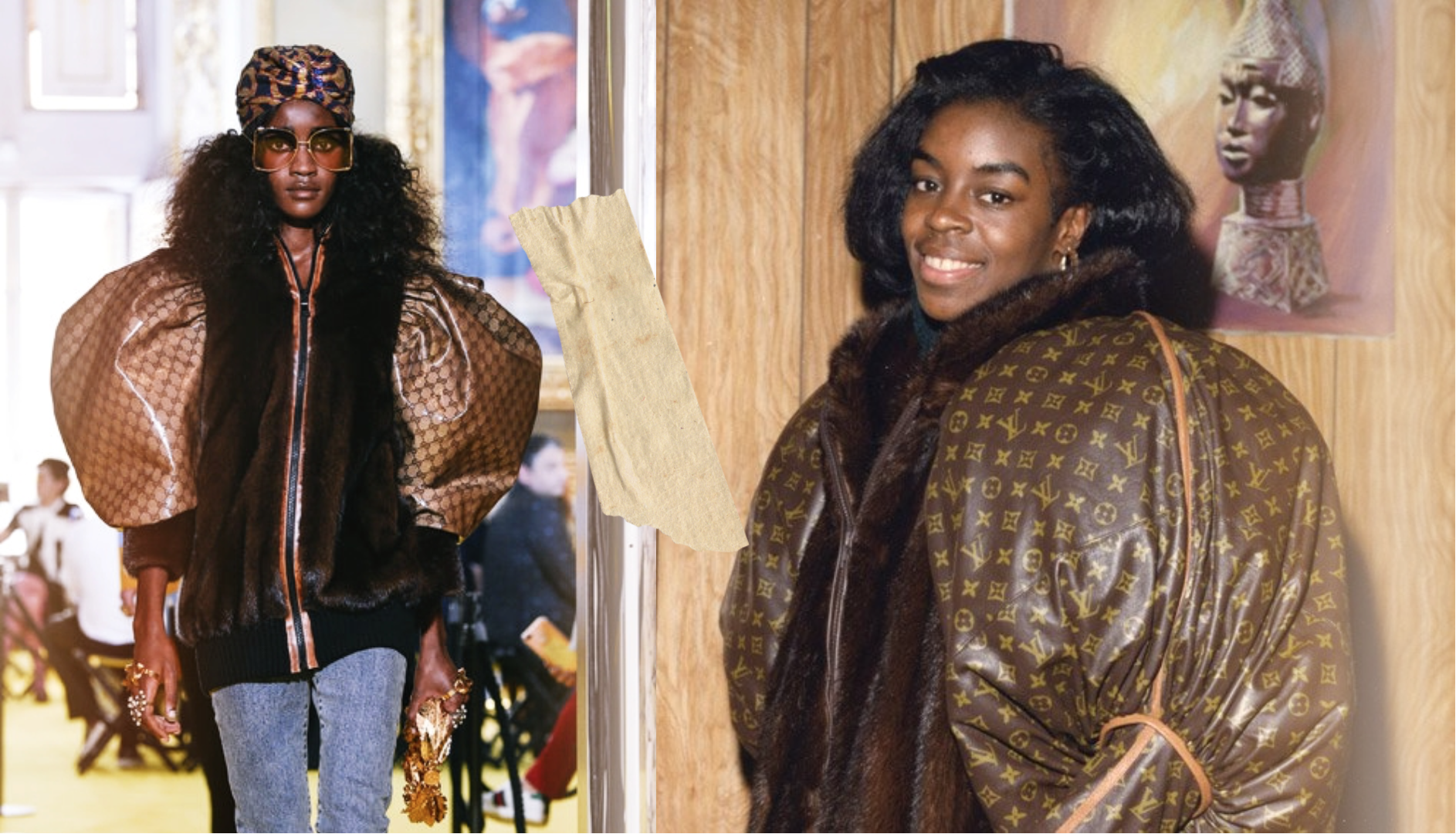
It was American label Tommy Hilfiger who first really embraced taping into Hip-hop culture. Hilfiger met the gap of people looking for an aspirational label, representing an affluent lifestyle. In the early 1990s, the rapper Grand Puba started name-dropping Tommy Hilfiger in his songs and wore his clothes on album covers. Hilfiger reacted positively and went on to feature Aaliyah and Usher in advertising campaigns.
Rap artists who strengthened the rap- fashion link include Puff Daddy, Jay Z, Pharell Williams and of course Kanye West, who even went on to become a credible designer and fashion collaborator having created the ever coveted “Yeezy” sneaker.
With every passing season, each new collaboration, every flowering street label the gap between hip-hop and fashion shrinks even more. With high fashion becoming more and more high fashion street wear (think tracksuits, sweatshirts and trainers aka the athleisure phenomenon) the conquest of prêt a porter by hip hop has been made.
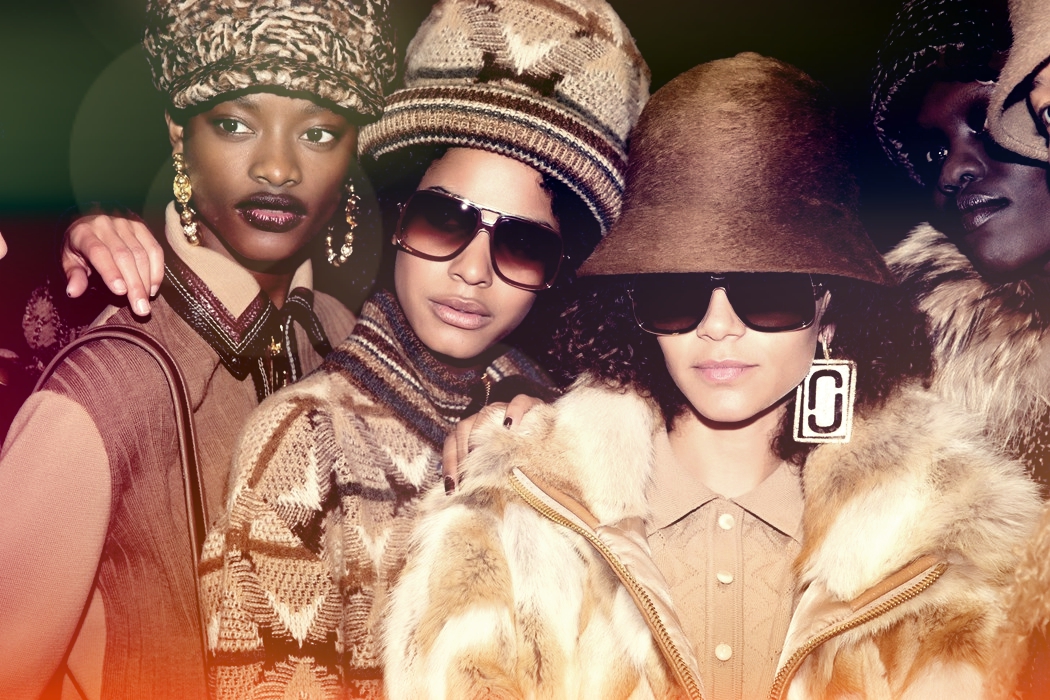
As regarded with this season’s AW17 Marc Jacobs collection and most recently Gucci’s resort collection featuring Dapper Dan, who cares about trickle down? High fashion today is born from trickle up…
“Started from the bottom now we're here.”
